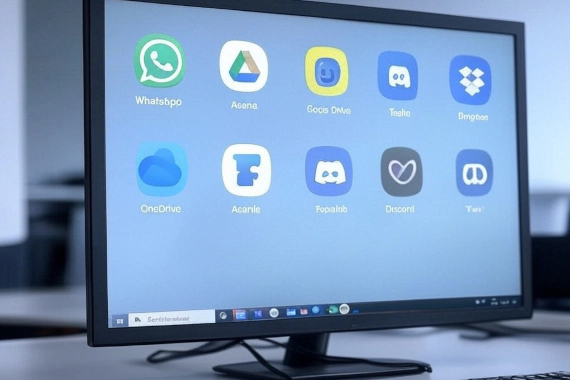Data loss is a significant concern for organizations of all sizes, as it can result in lost revenue, reputational damage, and regulatory penalties.
Understanding the common vulnerabilities that can lead to data loss is essential for developing effective prevention strategies.
In this article, we discuss 13 vulnerabilities that can cause data loss and provide practical tips to help your organization prevent and mitigate these risks.
15 Vulnerabilities That Cause Data Loss
- Outdated software: Unsupported or unpatched software can contain security vulnerabilities that expose your systems to cyberattacks and data loss.
- Weak authentication: Poor password practices or lack of multi-factor authentication can make it easier for attackers to gain unauthorized access to your systems.
- Insider threats: Malicious or negligent employees can intentionally or unintentionally compromise sensitive data.
- Human error: Accidental deletion, misconfiguration, or other mistakes can lead to data loss.
- Phishing attacks: Social engineering tactics can trick employees into revealing sensitive information or granting access to unauthorized individuals.
- Ransomware: Malicious software that encrypts your data, rendering it inaccessible until a ransom is paid.
- Hardware failure: Physical damage to hardware, such as hard drives, can result in data loss.
- Natural disasters: Events like floods, fires, or earthquakes can damage physical infrastructure, leading to data loss.
- Power outages: Sudden power loss can cause data corruption or loss in systems without proper backup power supplies.
- Network vulnerabilities: Unsecured networks can expose your systems to unauthorized access or data interception.
- Insecure third-party vendors: Security vulnerabilities in your vendors’ systems can put your data at risk.
- Data corruption: Corruption of files or databases can render your data unreadable and unusable.
- Inadequate backups: Failure to maintain regular, secure backups can leave your organization vulnerable to data loss in the event of a disaster or system failure.
- Malware infections: Malicious software, such as viruses or worms, can compromise or destroy data stored on infected devices.
- Unauthorized access: Attackers gain access to systems and steal or delete data due to inadequate security measures.
13 Tips to Prevent Data Loss
- Take advantage of data breach monitoring software: Breachsense provides real-time alerts, dark web monitoring services, and seamless integration with your existing software, allowing you to detect data breaches as they happen and protect your sensitive information before cyber criminals do any real damage. Book a demo today.
- Keep software up-to-date: Regularly update and patch software to address security vulnerabilities.
- Implement strong authentication: Use strong passwords and multi-factor authentication to protect against unauthorized access.
- Train employees on security best practices: Provide ongoing security awareness training to help employees recognize and avoid potential threats.
- Establish access controls: Limit access to sensitive data and systems based on job responsibilities and the principle of least privilege.
- Implement data loss prevention (DLP) tools: Use DLP solutions to detect and prevent unauthorized data transfers or leaks.
- Conduct regular security audits: Routinely assess your organization’s security posture to identify vulnerabilities and areas for improvement.
- Maintain secure backups: Regularly back up critical data, using offsite storage and encryption to protect against data loss.
- Harden network security: Implement firewalls, intrusion detection systems, and secure network protocols to protect your systems from unauthorized access.
- Monitor user activity: Utilize user behavior analytics and monitoring tools to detect and respond to suspicious activities.
- Develop a disaster recovery plan: Create a comprehensive disaster recovery plan to ensure your organization is prepared to recover from data loss events.
- Encrypt sensitive data: Use encryption to protect sensitive data both at rest and in transit.
- Implement endpoint security: Deploy antivirus, anti-malware, and other endpoint security solutions to protect devices from malware infections.
- Secure third-party vendor access: Assess vendors’ security practices and establish secure data-sharing protocols.
Conclusion
Data loss can have severe consequences for businesses and organizations, which means it’s essential to identify and address potential vulnerabilities proactively.
By implementing robust security measures, providing regular employee training, and maintaining secure backups, organizations can better protect their valuable data assets and minimize the risk of data loss in an increasingly connected world.



